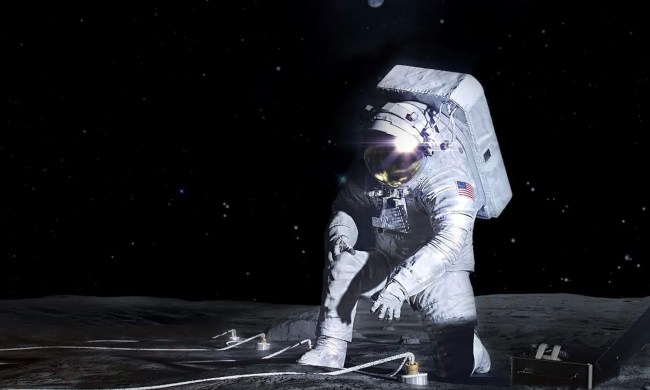Last year saw an unusual dip on the International Space Station (ISS): Just three spacewalks took place in 2024, compared to 12 in 2023. And NASA astronauts haven’t performed a spacewalk since June last year. That’s because of an issue with their spacesuits, one of which experienced a water leak issue, leading NASA to suspend all spacewalks for the rest of the year.
Now, though, NASA spacewalks are back. There are two spacewalks scheduled for this month, one on Thursday, January 16, and another a week later on Thursday, January 23. At a recent press conference, NASA said it had investigated the water leak issue, replaced a seal and connection, and tested the formerly leaky suit to confirm it was safe to use.
At the time, NASA astronaut Matthew Dominick acknowledged that the spacesuits on the ISS are showing their age, with a design first developed in the 1970s. “None of our spacesuits are spring chickens, as we would say, and so we will expect to see some hardware issues with repeated use,” Dominick said.
Russian cosmonauts on the ISS performed another spacewalk in December last year, as they use different spacesuits. But now, with NASA spacesuits back in action, the astronauts can resume their spacewalk duties.
The first spacewalk will be performed by Nick Hague and Suni Williams and aims to “replace a rate gyro assembly that helps provide orientation control for the station, install patches to cover damaged areas of light filters for an X-ray telescope called NICER (Neutron star Interior Composition Explorer), and replace a reflector device used for navigational data on one of the international docking adapters,” NASA said.
The second spacewalk will perform more maintenance work, like removing an unneeded radio antenna assembly from the exterior of the station and collecting samples from one of the airlocks to check for microorganisms.
If you’d like to watch the NASA astronauts on their first spacewalk, it will be livestreamed on NASA TV. Scheduled to begin at 7 a.m. ET on January 16, it will last for around six and a half hours, and you can tune into the stream beginning at 5:30 a.m. ET on NASA’s website.




